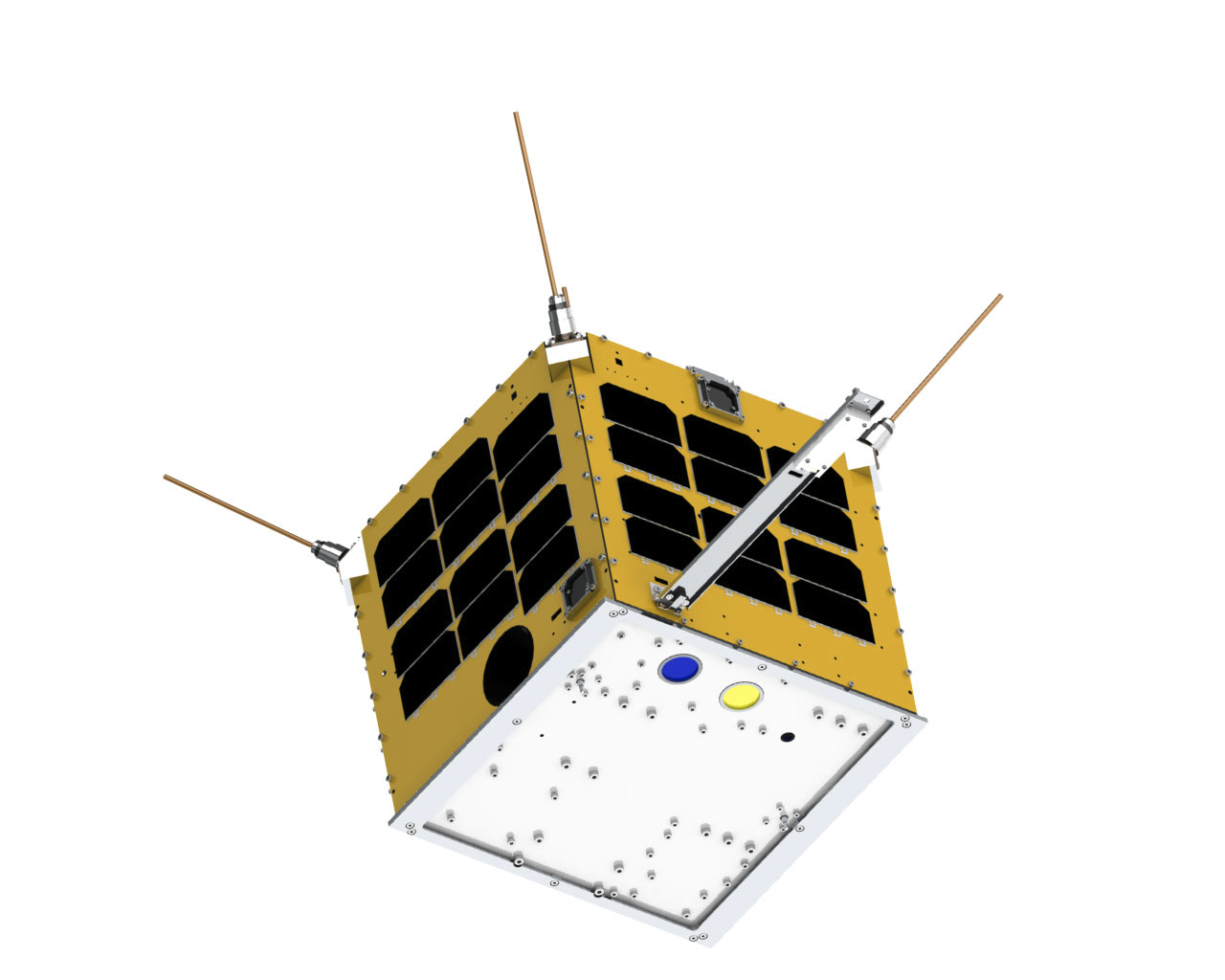WNISAT-1
WNISAT-1 has been specially designed for monitoring and forecasting polar ice conditions in the Arctic Sea. A continuation of the effort to exploit the seasonal melting in the Arctic Sea, the innovative satellite will provide observation data necessary to fully realize a Polar Routeing service for the shipping industry. Rather than outsourcing the project to the government or large manufacturer, the satellite has been developed independently by Weathernews in partnership with start-up AXELSPACE (Tokyo, Japan – Yuya Nakamura, CEO) to be an ultra-compact solution to help ensure safe voyages through the Arctic Sea ice.

Further Improving Information Reliability with the Launch of Nano Satellite
For monitoring of Arctic Sea ice, Weathernews is relying on data from government-operated satellites at this stage. However, keeping in line with the goal of helping to ensure the safety of vessels sailing through the Arctic, a higher volume of data requiring a higher rate of monitoring means that an independent satellite is needed to realize a Polar Routeing service. Weathernews began development of such a satellite in 2008, focusing its design on functionality for monitoring ice, rather than multiple applications common in larger satellites. Ultra-compact (27cm cubed) and highly functional, the comparatively reasonable operating costs of the satellite will allow Weathernews to provide a Polar Routeing service for customers at a reasonable cost as well. Currently, the production model of the satellite is undergoing testing with Axel Space who are using their various expertise to ensure it will function in sun-syncronus orbit. WNISAT-1 will complete 15 full orbits of the planet each day, taking pictures of the Arctic Sea ice with a small camera and sending the pictures back to Earth where they will be analyzed by the Global Ice Center at Weathernews to create content for pioneering shipping companies operating voyages through the polar region. The satellite will be launched into its orbit piggybacked on a Dneper-1 rocket.
WNISAT-1 OVERVIEW
| Size | 27×27×27cm |
|---|---|
| Weight | 10㎏ |
| Orbit | 600㎞(Sun-synchronous) |
| Lifespan | 1~3 years |
| Launch Date | postponed (TBD) |
| Launch Platform | Yasny Cosmodrome |
| Launch Vehicle | Dnepr-1 rocket (piggy back) |
| Mission | Arctic ice monitoring |
| Monitoring Instruments | Optical camera, Far-red light camera |
| Photo Resolution | 500m |
| Photo Area | 500 square kilometers/shot |
Project History
| 2008 | Conceptual & preliminary design |
|---|---|
| 2009 | Detailed design specifics, test fabrication |
| 2010 | EM (Engineering Model) Prototype construction & testing |
| 2011 | Production model construction & testing |

